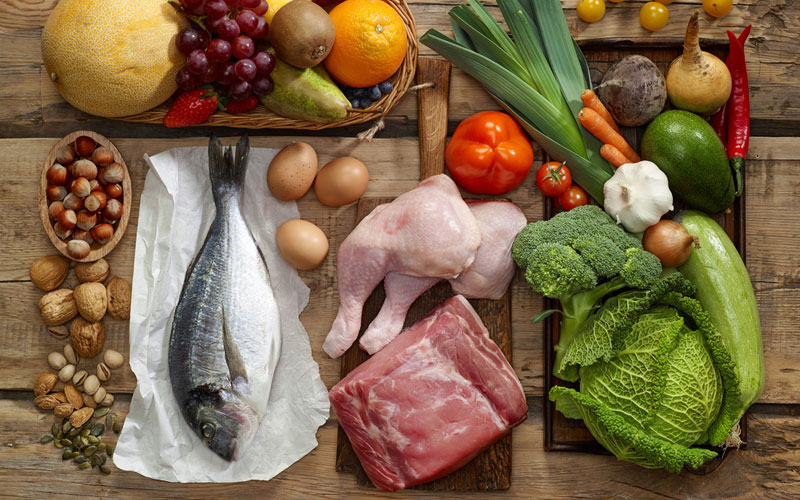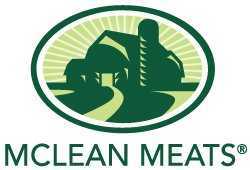Paleo and Whole30 are eating programs based on foods that might have been eaten during the Paleolithic era, which dates from approximately 2.5 million to 10,000 years ago. During the Paleolithic period, humans grouped together in small societies and subsisted by gathering plants and fishing, hunting or scavenging wild animals.
Both diets typically include lean meats, fish, fruits, vegetables, nuts and seeds — foods that in the past could be obtained by hunting and gathering. A Paleo diet eliminates foods that became common when farming emerged about 10,000 years ago. These foods include dairy products, legumes and grains.
Wikipedia defines Whole30 as a 30-day fad diet that emphasizes whole foods and during which participants eliminate sugar, alcohol, grains, legumes, soy, and dairy from their diets. The Paleo diet is meant as a lifestyle plan that is ongoing.

Both programs focus on consuming whole, “clean”, natural foods. Both Whole30 and Paleo ban eating:
- highly processed foods: everything labeled “diet” or “low-fat”, and preservatives, additives, artificial sweeteners, nitrites etc.
- trans fats & vegetable oils: soybean oil, sunflower oil, cottonseed oil, corn oil, grapeseed oil, safflower oil
- grains: includes breads and pastas, wheat, spelt, rye, barley, etc.
- dairy: avoid most dairy, especially low-fat (some versions of Paleo do include full-fat dairy like butter and “raw” unpasteurized cheese)
- legumes: beans, lentils and many more
- alcohol
With sugar, grains, dairy and legumes not allowed, here are the foods you can eat on both diets:
- fresh fruits and vegetables including potatoes, yams, turnips (dried fruit is allowed in small amounts)
- lean proteins, such as fish, poultry, beef and pork, eggs
- healthy fats, such as olive oil, avocado, coconut oil, or ghee
- nuts and nut butters, such as cashews, almonds and almond butter
- salt and spices: sea salt, Himalayan salt, garlic, turmeric, rosemary, etc.
The major difference between Whole30 and Paleo is that Whole30 doesn’t allow any kind of added sugar, while Paleo only rules out refined sugar (so for example, you can have real honey and real maple syrup with Paleo, but not with Whole30).
Because the Paleo style of eating is a long-term choice, people often allow themselves justifiable treats now and then.
McLean is proud to offer a variety of Paleo inspired “clean” deli products including our Turkey Bacon made from Turkey, honey, sea salt, and smoke, and Oven Roasted Turkey Breast made with Turkey, water, potato starch and sea salt.
While some of the habits you gain from Whole30 will hopefully be maintained, it isn’t intended to be a permanent practice. The goal of the Whole30 diet is to help change your relationship with food or reset your eating habits by teaching you how to eat a whole foods diet; food that has been processed or refined as little as possible and is free from additives or other artificial substances.
The main difference between the two programs lies in the diet’s structure or purpose – short term “cleanse” or long-term lifestyle.
